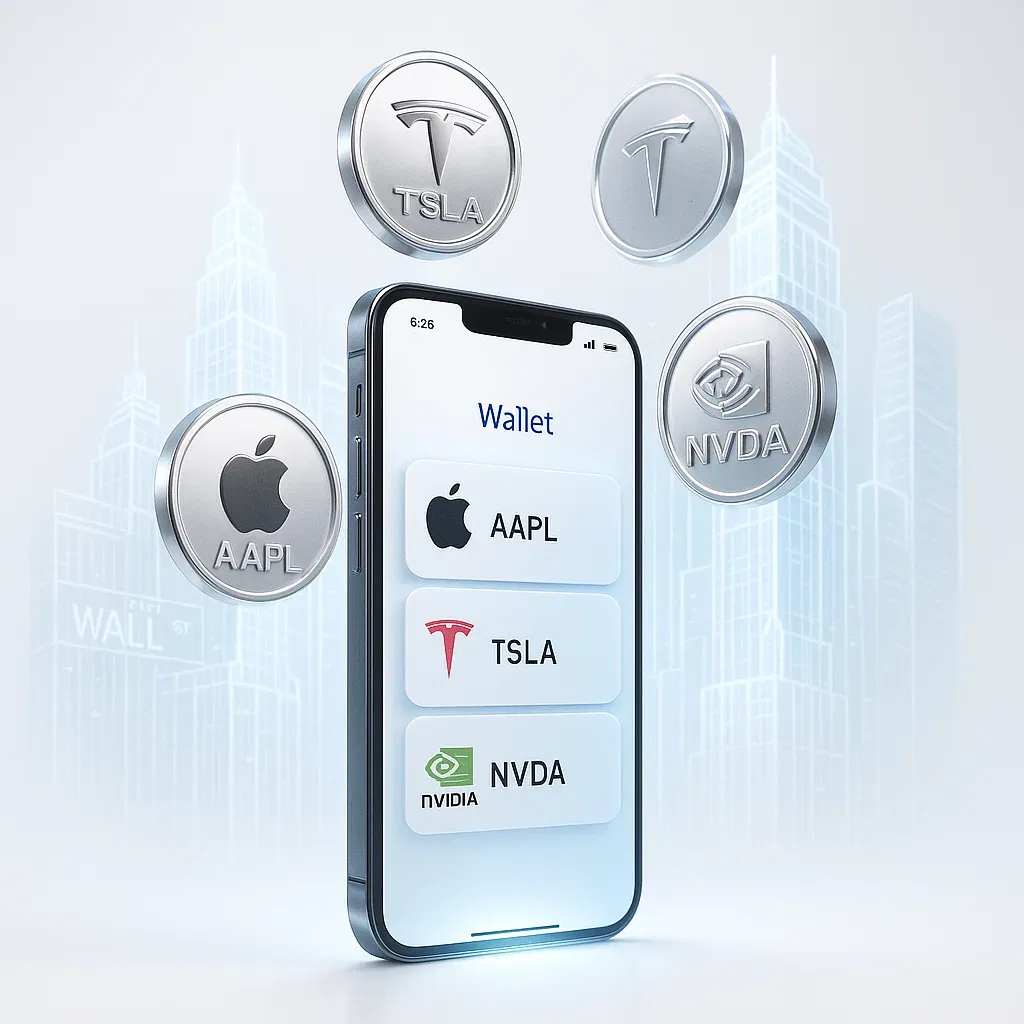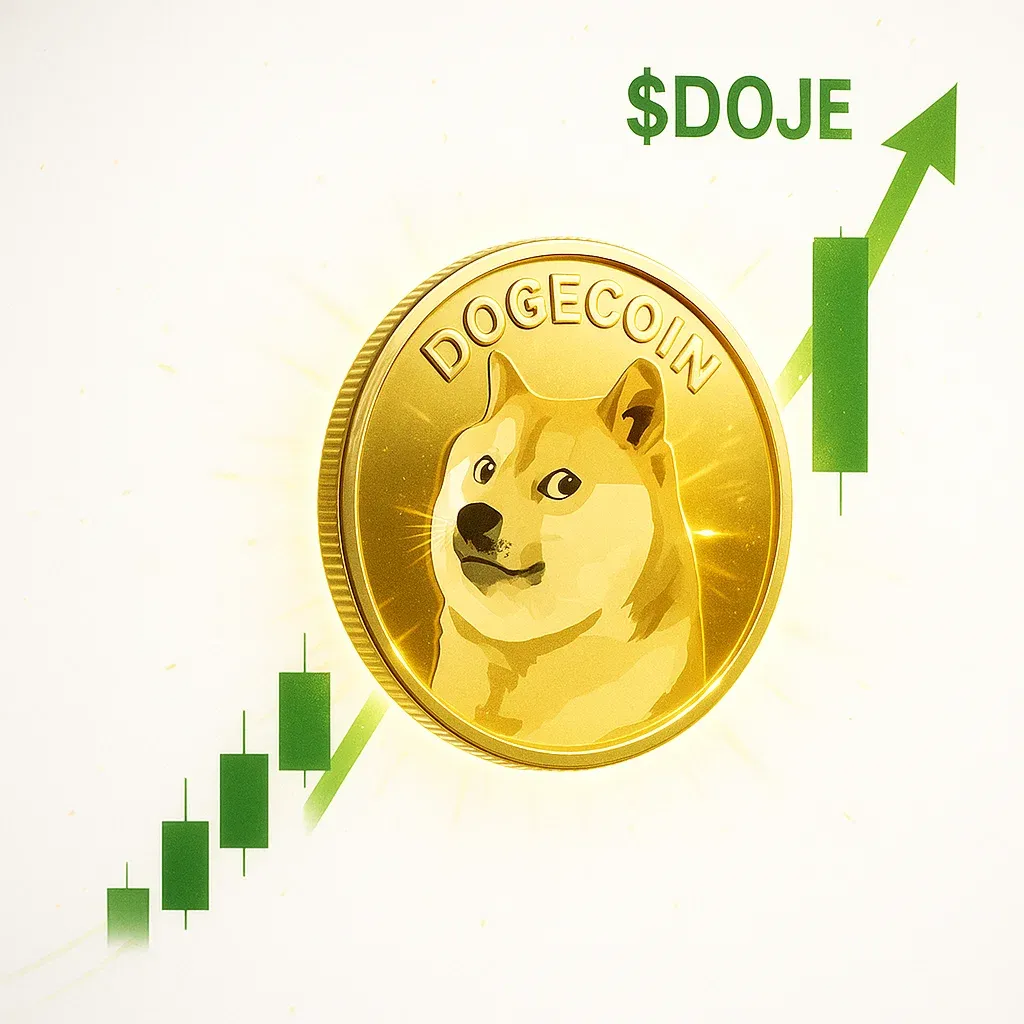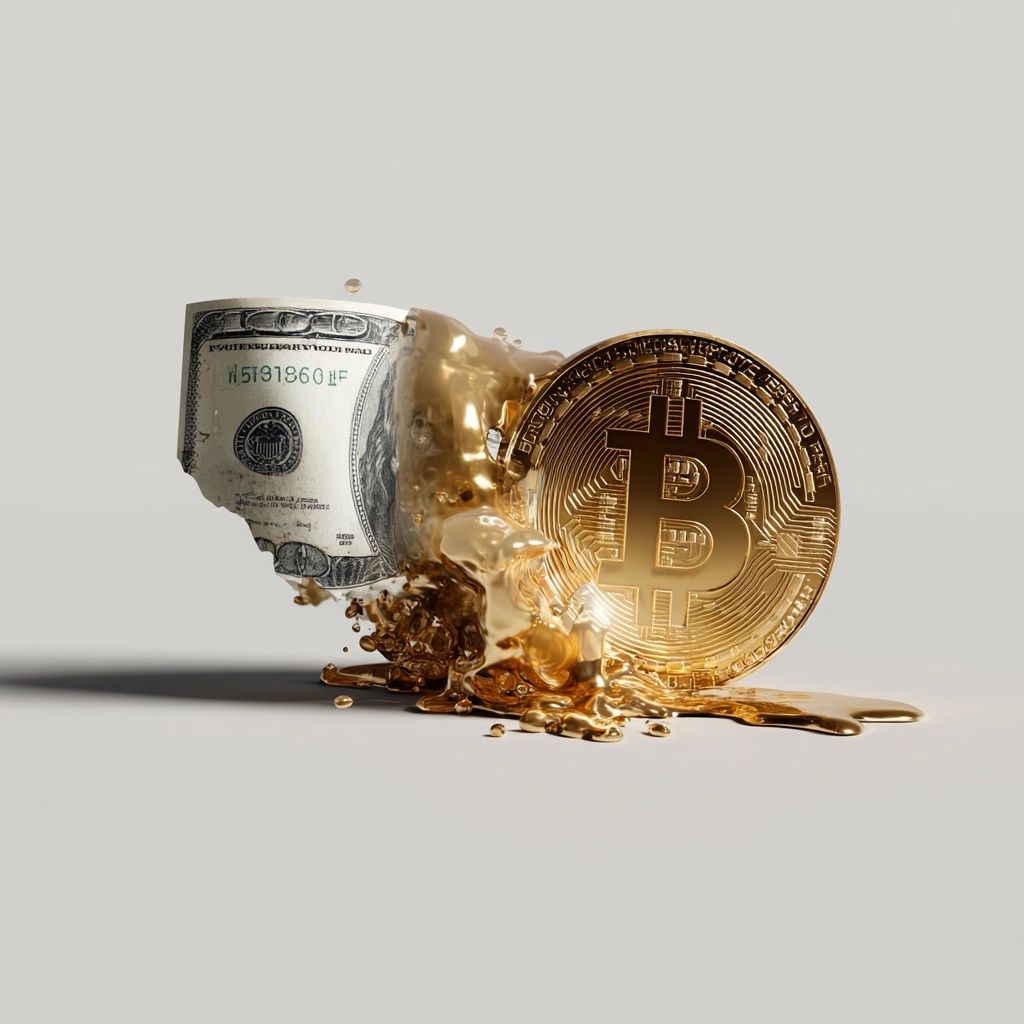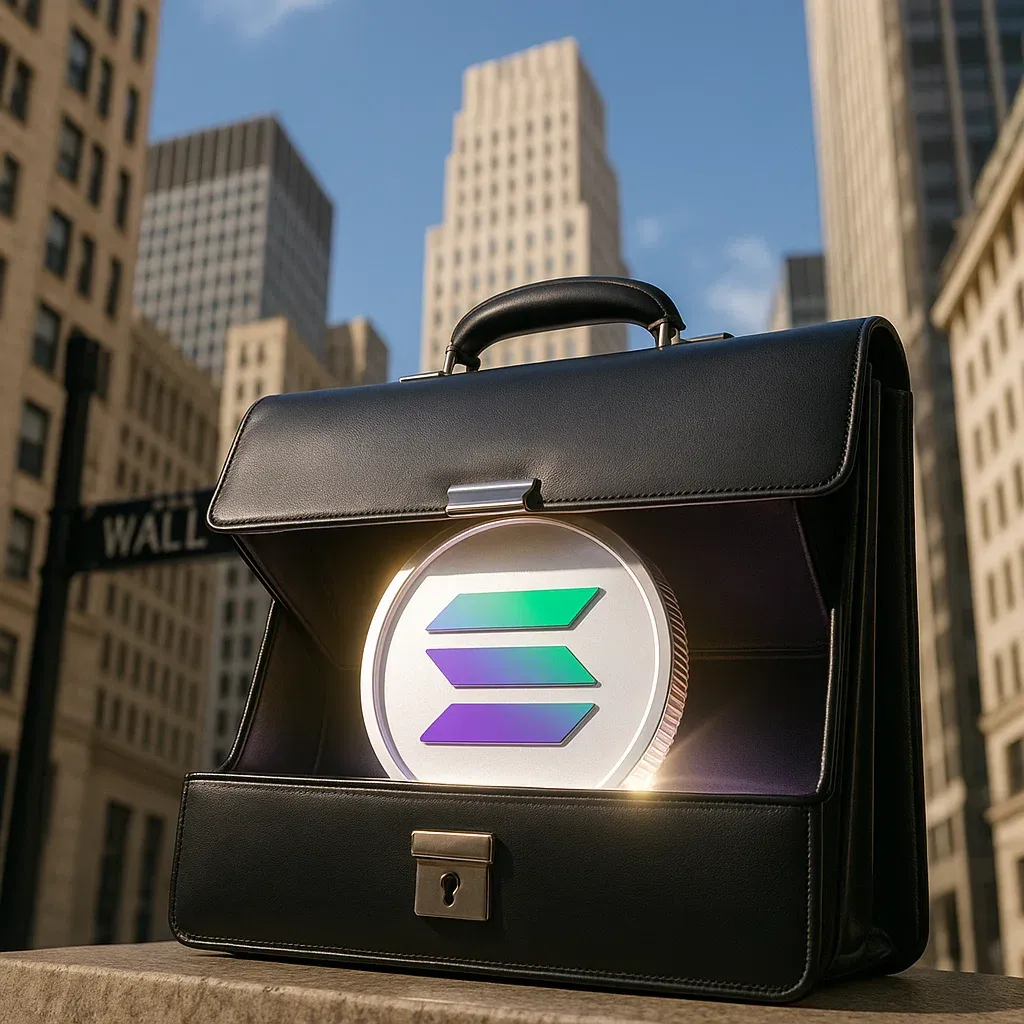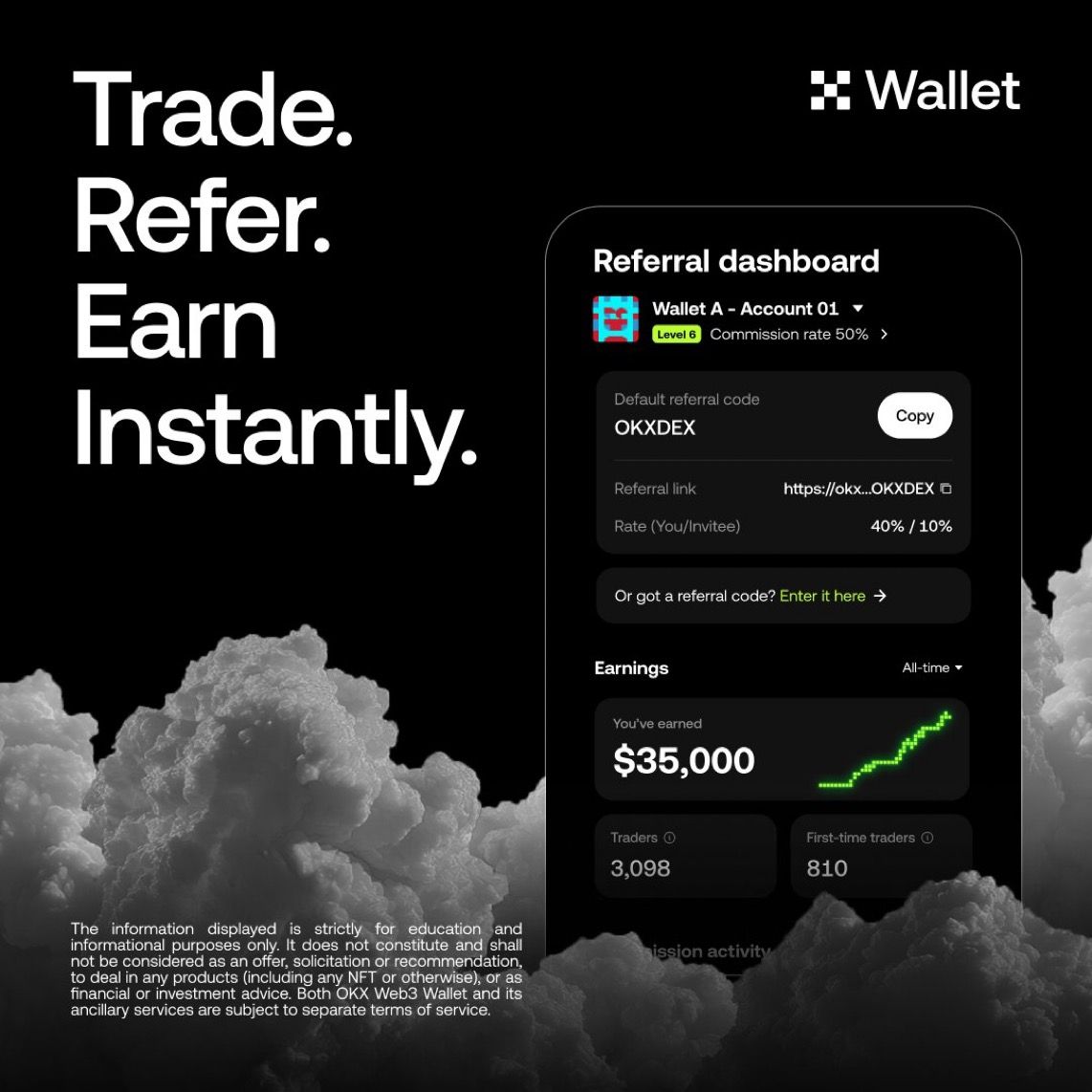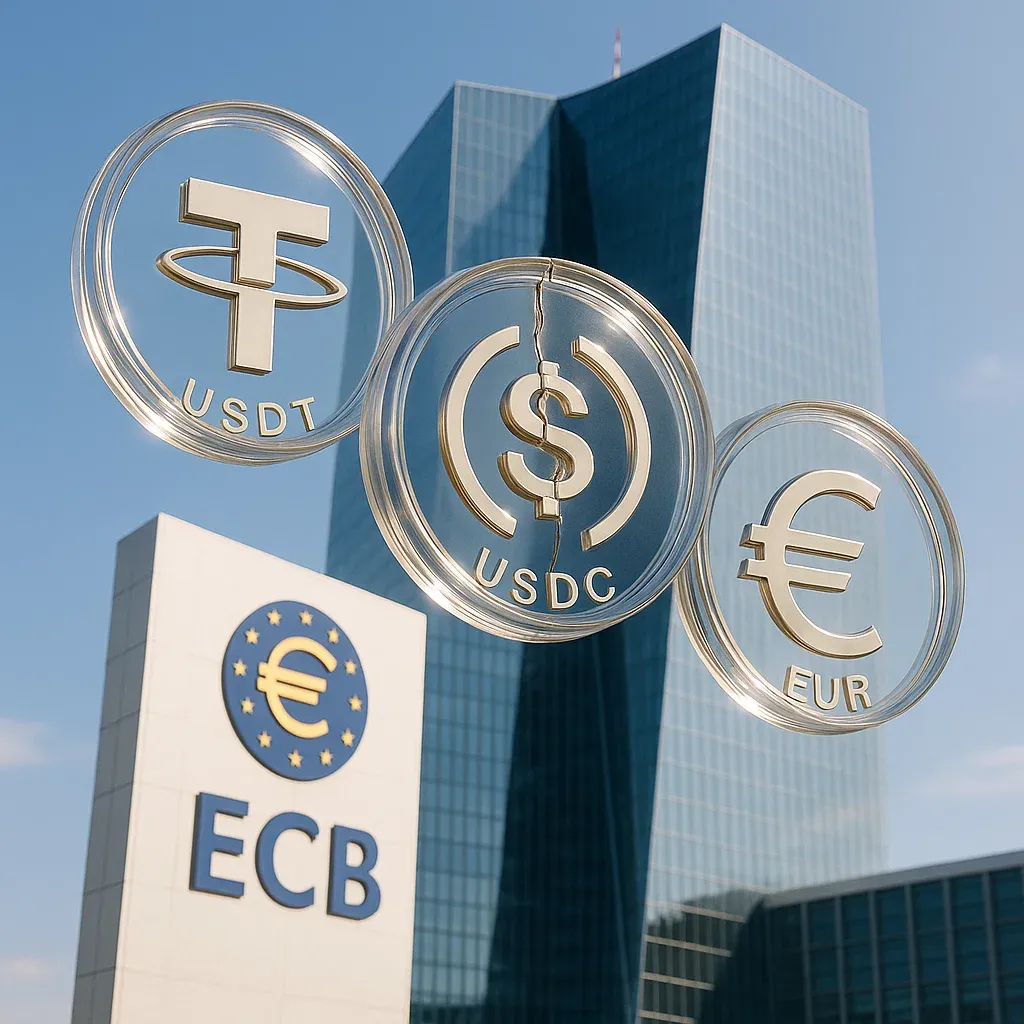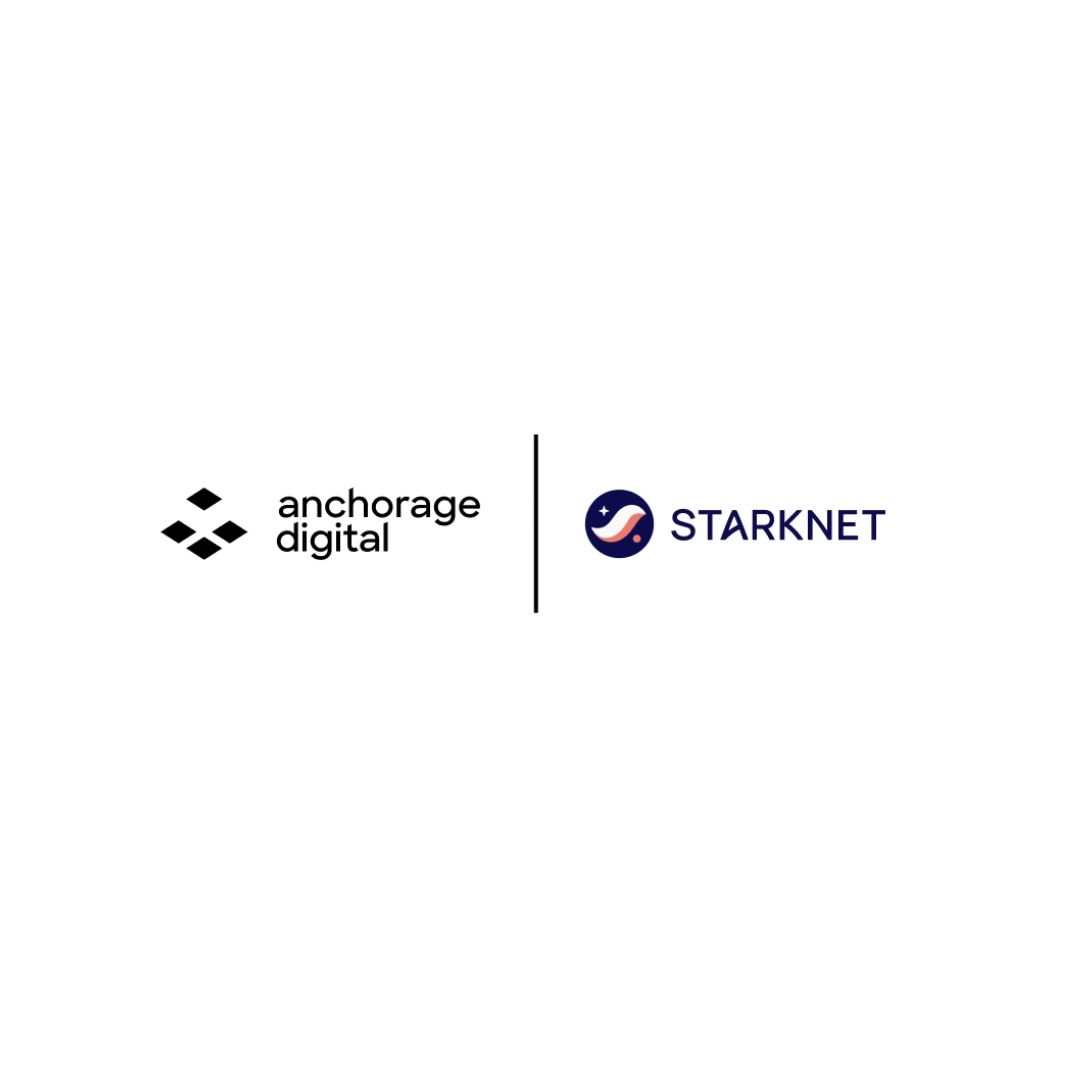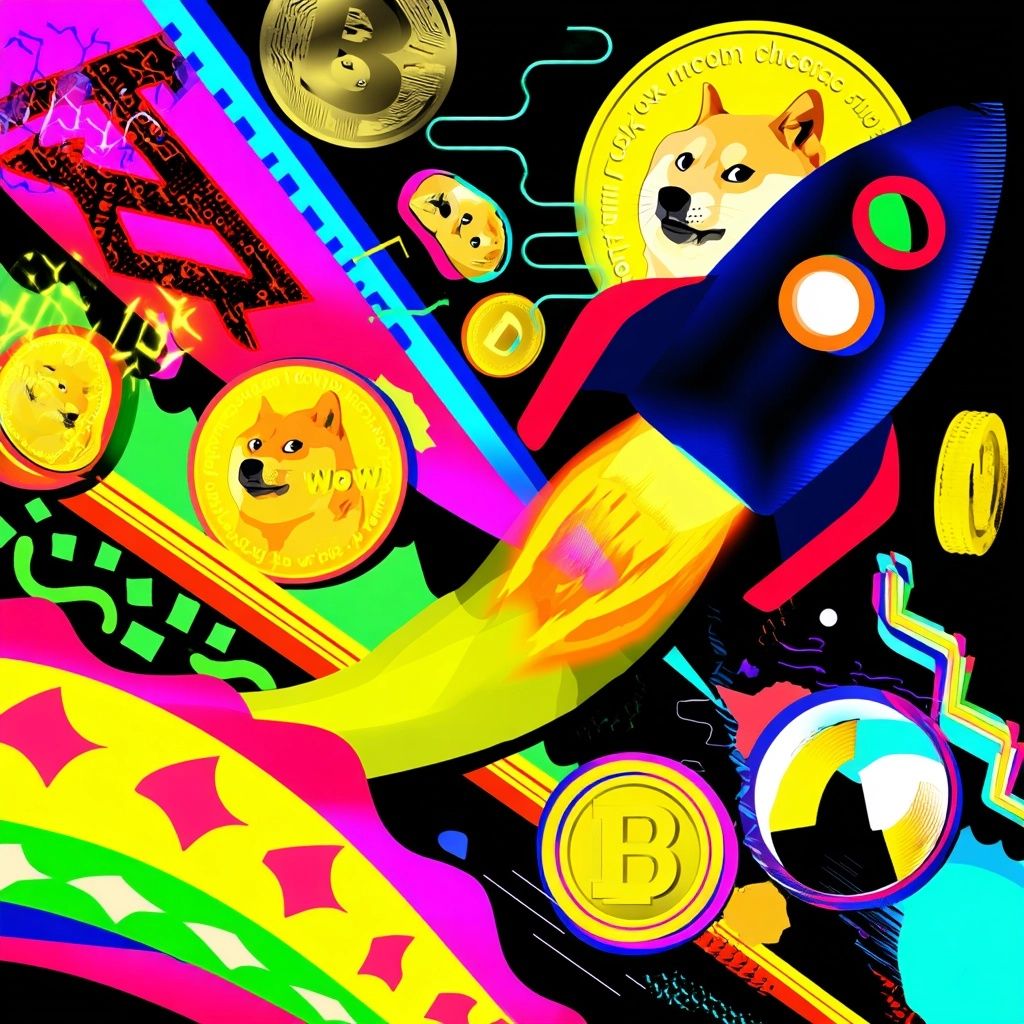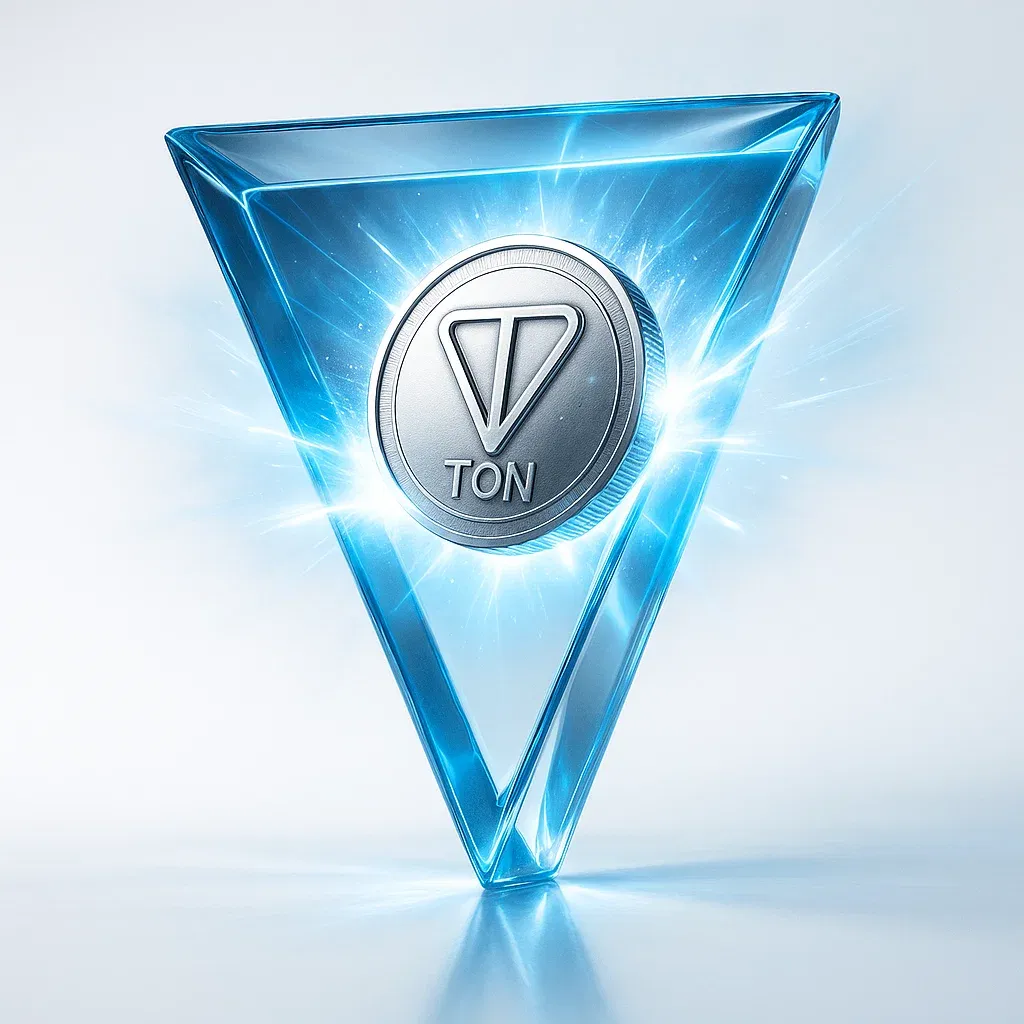JPMorgan Pushes Tokenized Deposits as Safer, Regulated Alternative to Stablecoins
🏦 JPMorgan Bets on Tokenized Deposits Over Stablecoins
Wall Street’s heavyweight says: the future of digital money isn’t USDT or USDC — it’s tokenized bank deposits.
📊 Quick Hits
- JPMorgan pushes tokenized deposits as the next-gen stable digital asset
- 1:1 fiat-backed, regulated, and blockchain-native
- Supported by regulators like the Bank of England
- Ethereum inflows surge, signaling growing institutional adoption
- Tokenized deposits may outplay stablecoins in the long game
💡 What Are Tokenized Deposits — And Why Should You Care?
Tokenized deposits = digital versions of your boring old bank deposit — but running on blockchain.
Unlike stablecoins (which might or might not be fully backed, or collapse a la Terra), tokenized deposits:
- ✅ Are always worth 1
- ✅ Are issued by real banks
- ✅ Operate under existing financial laws
Translation: They’re boring in the best way. No volatility, no depegging, no sleepless nights. Just programmable, regulated fiat.
JPMorgan thinks this model is the key to merging TradFi trust with crypto speed — and they’ve got regulators like the Bank of England nodding in agreement.
🤼 Stablecoins vs. Tokenized Deposits: Fight Night
Stablecoins (USDT, USDC):
- High liquidity
- Easy to transfer
- But: vulnerable to market panic, undercollateralization, or shady issuer practices
Tokenized Deposits:
- Directly linked to bank deposits
- Fully regulated
- Transparent and traceable (sorry, anon degens)
Bottom line? Tokenized deposits might eat stablecoins’ lunch in the institutional world — especially as regulators start flexing.
📈 Ethereum’s Institutional Glow-Up
As JPMorgan builds out the tokenized future, Ethereum is still the settlement layer of choice.
ETH is trading around 3,500 (July 2025), up 118% in the last 90 days — and institutions are piling in:
- 58B 24h trading volume
- Spot ETFs hitting historic inflow levels
- Premium ETH pricing on Coinbase
“A rare Ethereum premium has appeared on Coinbase, and the inflow of funds into Ethereum spot ETFs has reached record levels.” — Crypto Dan, CryptoQuant
ETH isn’t just an asset anymore — it’s becoming infrastructure for finance 2.0.
🧑⚖️ What’s the Regulatory Play Here?
JPMorgan’s move isn’t just about tech — it’s about positioning.
As the U.S. and global regulators start cracking down on high-risk crypto products, tokenized deposits offer a compliant, familiar wrapper for blockchain finance. No rogue algorithms. No mystery reserves.
Expect regulators to:
- ✅ Favor products backed by banks and existing laws
- ✅ Push for transparency and KYC
- ✅ Use tokenized deposits as a template for future digital currency frameworks
Stablecoins won’t vanish — but they’ll be forced to grow up. Fast.
🔮 The Bigger Picture
This is TradFi and DeFi shaking hands. JPMorgan’s bet on tokenized deposits is about rebuilding the crypto stack with real-world compliance baked in.
And with Ethereum riding a wave of institutional validation, the financial system of the future is starting to look a lot more on-chain — and a lot less like the Wild West.
Welcome to regulated crypto. It might be the most bullish thing yet.
TL;DR
- JPMorgan says tokenized deposits > stablecoins — safer, regulated, programmable
- Backed 1:1 with fiat and issued by banks, they’re the TradFi version of digital dollars
- Ethereum is gaining traction as the institutional backbone — with ETFs and high-volume inflows
- Regulators are likely to back tokenized deposits as a safer path to on-chain finance
- This could mark the beginning of stablecoins 2.0 — or their slow fade into irrelevance
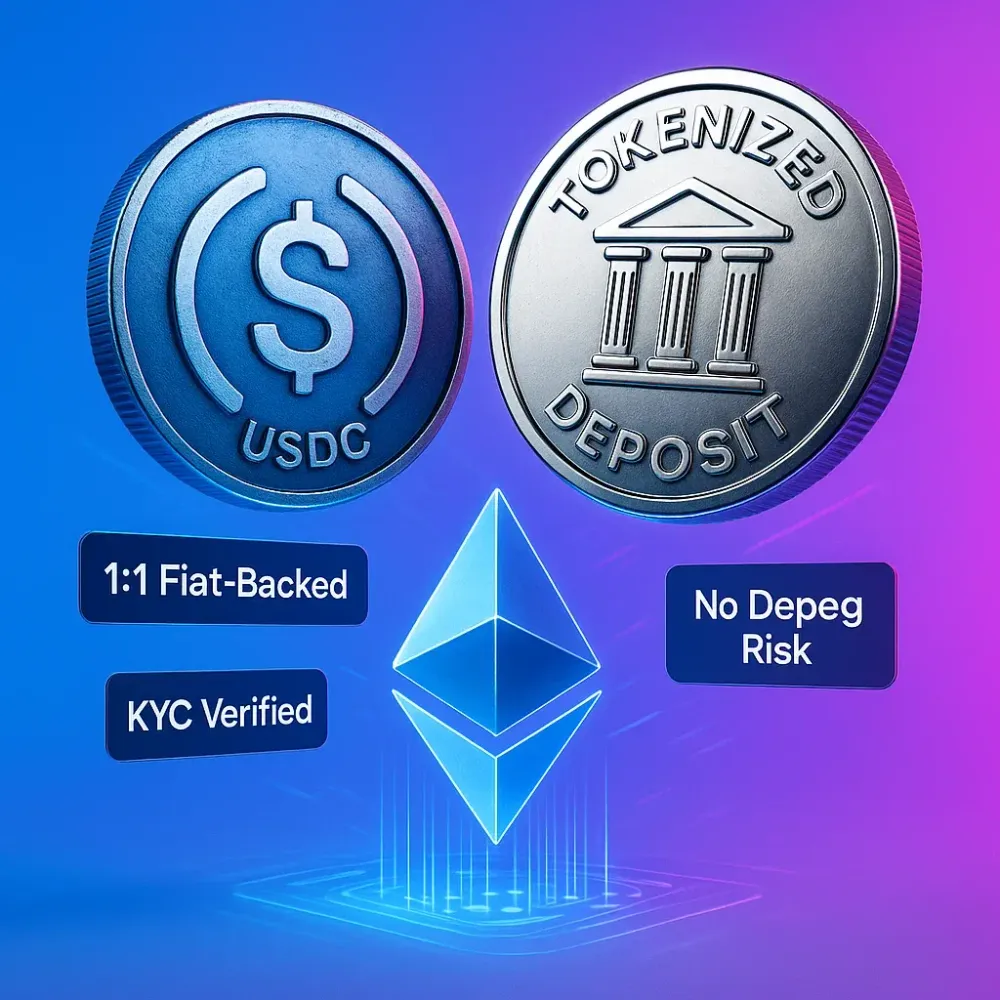
Recent News
All Time High • Live
Have questions or want to collaborate? Reach us at: info@ath.live
